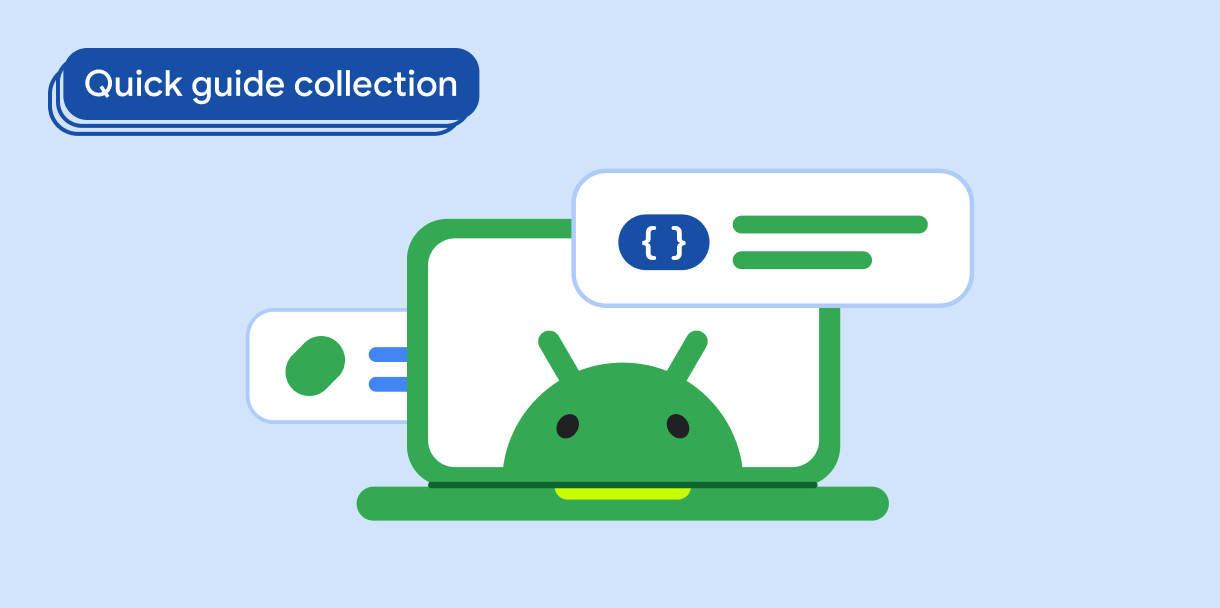Insets provide information about the system UI to ensure that your app draws in the correct area and your UI isn't obscured by the system UI. Learn how insets communicate to your app where system decorations are placed, and how Compose APIs help your content move with the system bars, software keyboard, and the taskbar.
Key points
- Insets describe how much you need to pad the content of your app to avoid overlapping with parts of the system UI or physical device features.
- Different types of insets include the status bars, navigation bars, software keyboard, and more.
- Insets can change while your app is running, depending on the system configuration and windowing environment, such as device orientation, multi-window mode setup, or user controllable settings.
- Handle insets directly to make full use of the screen space and improve how your app looks and functions across form factors.
Collections that contain this guide
This guide is part of these curated Quick Guide collections that cover broader Android development goals:

Create a home screen scaffold
Find out how to use a standardized platform to build
complex user interfaces. The scaffold holds together different parts of
the UI, giving apps a coherent look and feel.
Have questions or feedback
Go to our frequently asked questions page and learn about quick guides or reach out and let us know your thoughts.


